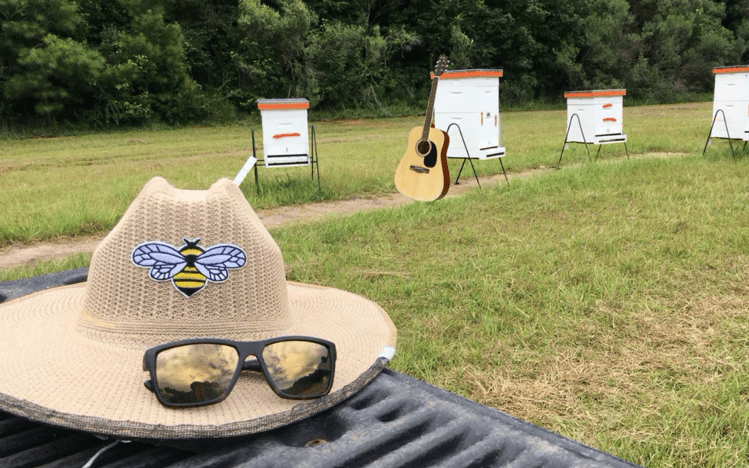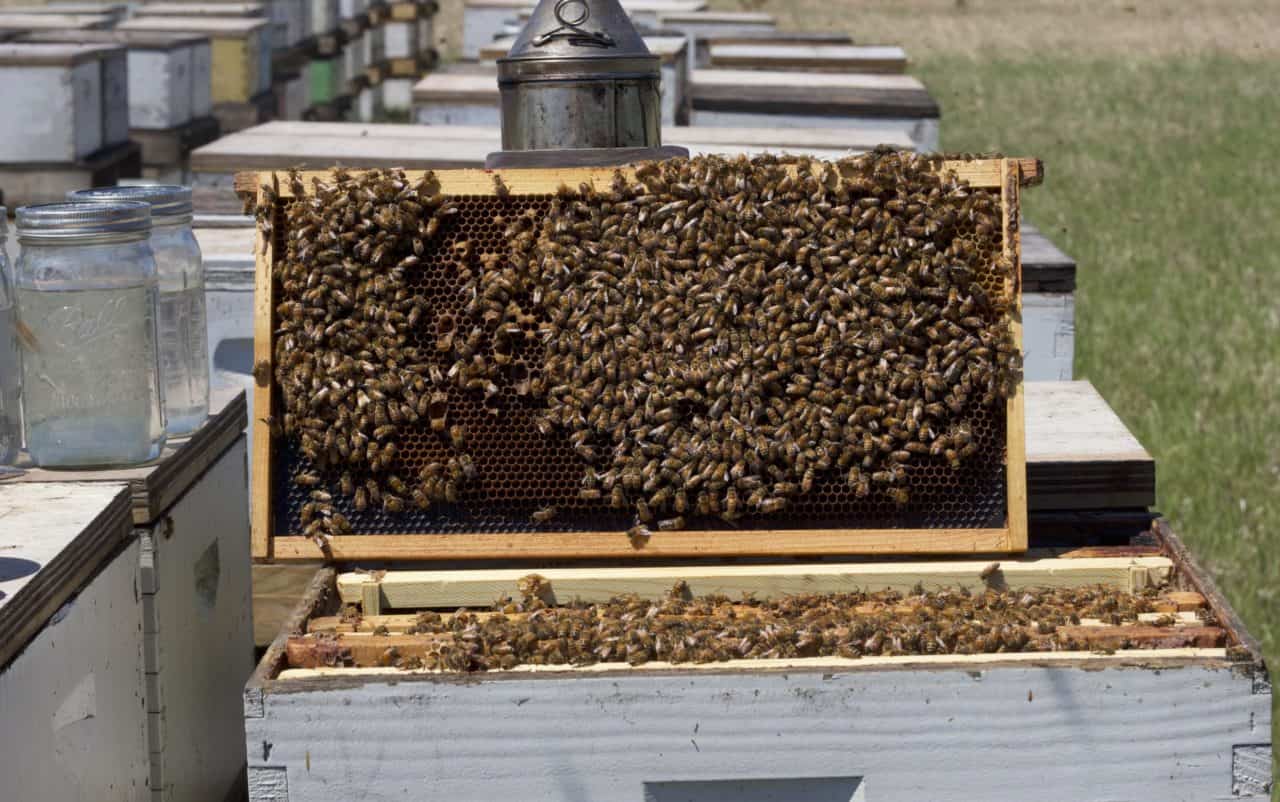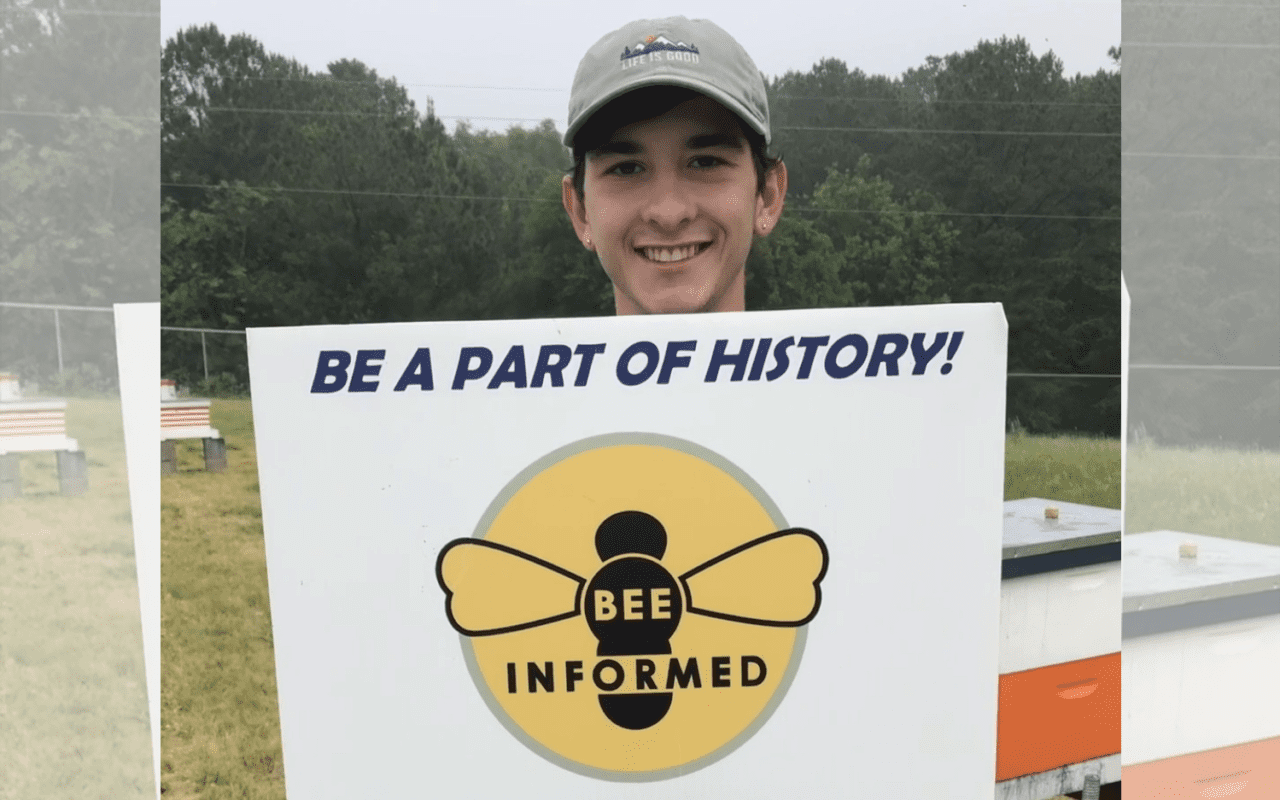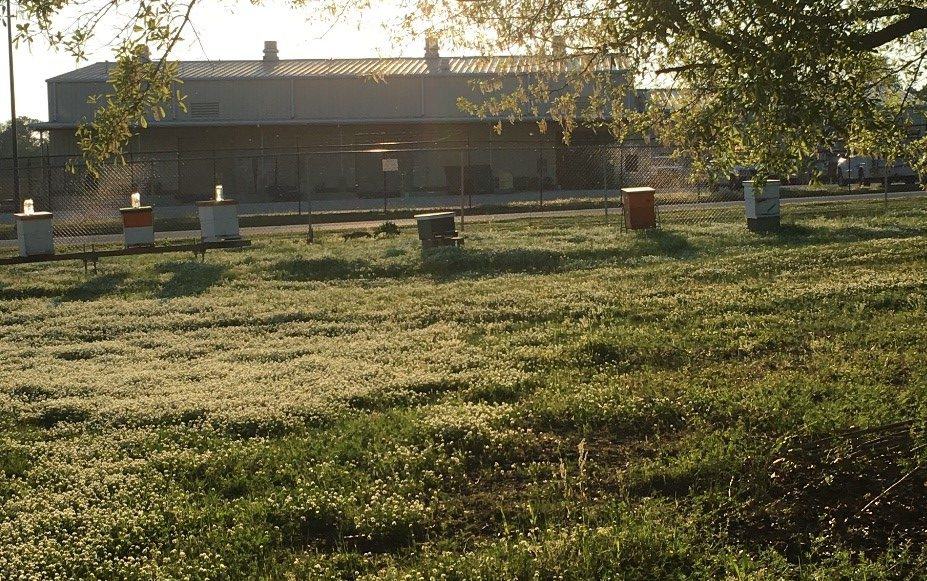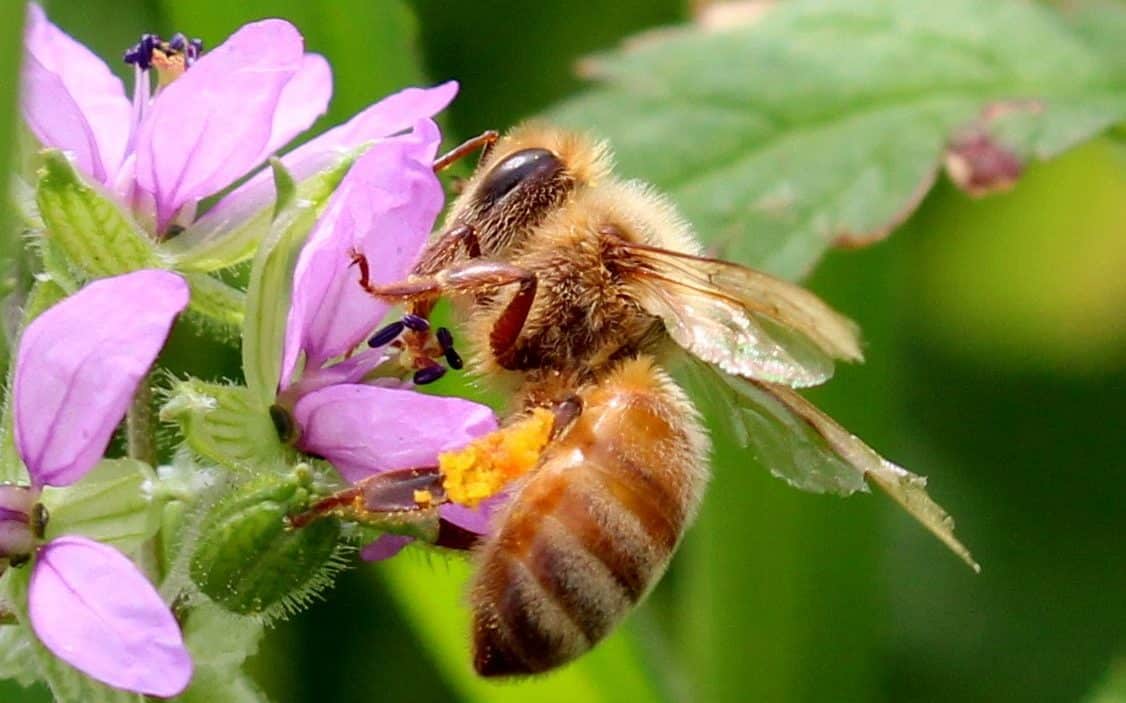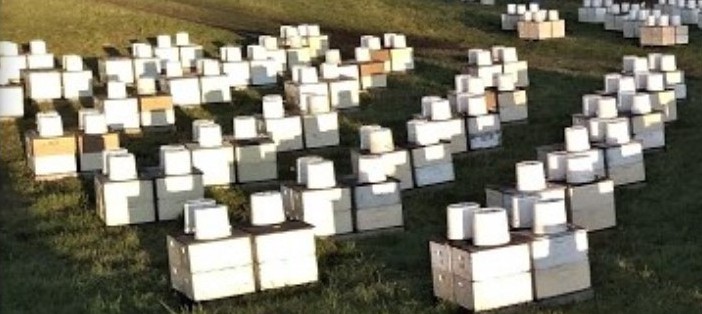This just never gets old: “IT’S THE FINAL COUNTDOWN! DO DO DOO DOOOOOO. DO DO DODODO!” – Europe The Annual Colony Loss and Management Survey is closing on April 30th May 8th! Please take advantage of the last couple of days to complete the online survey and tell your beekeeping friends to do the same. Every answer counts. This is especially true because the participation rate is so far lower compared to previous years. To be fair, this year is different in so many ways, but we are in this together. Therefore, we encourage you to Take the Survey Today and support BIP’s long term…
Category: Blog
The Bee Informed Blog is the place where team members convey their experience, knowledge, and opinions about their work with bees. Here is your opportunity to follow what’s happening in the field and lab.
Beekeeper’s Stewardship Practices and the Colony Loss Survey
How do beekeeper’s stewardship concepts relate to beekeeper beliefs and practices around Varroa management? That is the question asked by Christopher Thoms et. al. in their 2018 paper titled, "Beekeeper stewardship, colony loss, and Varroa destructor management" linked here. This study was based on data collected from the Bee Informed Partnership Loss and Management Survey, in collaboration with a team of environmental sociology experts from the University of Minnesota. They ask beekeepers about the advantages and disadvantages they see about managing for Varroa mites, and their motivations behind their treatment regimes. Two primary groups emerged, those whom we describe as Treatment Skeptics who avoid disturbing beehives…
You Support Science by Answering the BIP Loss and Management Survey
* This is a profile of a 2019 paper: Use of Chemical and Nonchemical Methods for the Control of Varroa destructor (Acari: Varroidae) and the Associated Winter Colony Losses in U.S. Beekeeping Operations The Bee Informed Partnership (BIP) Loss and Management Survey is open for your responses for the whole month of April. We would like as many beekeepers as possible to fill it in during the remainder of the month. Every year that you fill out the survey you are making a valuable contribution to science, and to our understanding of what is going on in beekeeping around the country. With that in mind,…
Latest Spring Fashion – Blue Pollen
Photo: Dan Wyns
Early spring can be a time requiring patience for beekeepers in northern locations. The weather can be volatile, but the occasional sunny days bring about bee activity. As a beekeeper it can be tempting to open hives and start digging around once you see some flight activity, but the reality is that you may end up doing more harm than good at this stage. Sometimes the best thing you can do as a beekeeper is leave them alone. If you really must do something bee related on a sunny spring day, try just observing the entrance and see what your bees are gathering. On a…
The Art of Sign Twirling
Now that we have your attention, please note that we do not really have anything more to say about sign twirling. This was, however, the 3rd annual sign twirl for Auburn University student Adler Salem. We think he gets better each year! More importantly, this is the 14th year of the Survey, and for this 2019-2020 edition, we are one week in! If you would like to be a part of history too, head over to our survey portal. We deeply appreciate those beekeepers that have filled out the survey, and we deeply appreciate those of you looking to do it in the near future.…
Now Live – 2019-2020 Colony Loss & Management Survey!
Given the circumstances, we hope everyone is staying healthy these days! Spring is proliferating, with fields of blooming clover, pollen-covered cars, and the buzz of flying bees. Although these are unusual times, let’s do one thing as usual in April: Let’s take the Bee Informed Partnership’s annual Colony Loss and Management Survey! Just click here: Take The 2019-2020 BIP Loss and Management Survey! » The information that you provide will be invaluable to our understanding of honey bee health around the country. Since 2006, many thousands of beekeepers have answered the BIP National Loss Survey. This has enabled us to document and better understand long-term…
Honey Mustard or Mustard Honey?
Honey bees need an abundance and diversity of floral resources to grow and thrive throughout the season. In areas of intensive agriculture, like the almond orchards of California, forage can be scarce before and after the primary cultivated crop blooms. One of the pollinator friendly plants that is often seen in and around orchards and agricultural fields is mustard. The common appearance is due to both deliberate planting as a cover crop and the plant spreading through self-sowing. There is a great deal of research going into developing cover crop seed mixes to supplement forage before and after almond bloom. Many of these seed mixes…
A Look At Filaree As A Forager Food
The vast majority of the commercially managed honey bee colonies in the United States spend February and a portion of March pollinating almonds in the central valley of California. Almond pollen is very nutritious, and colonies build well on it when favorable weather conditions prevail during bloom. The weather during almond pollination season in 2020 was very favorable, and colonies made significant increases in both population and food reserves during the bloom period. While warm and dry conditions this year led to a good nut set, it did mean that bloom progressed quickly, and once finished there were limited flowers available. By working in various…
Sentinel Apiary Program 2019 Wrap-Up and 2020 Sign-Up
Last year, 2019, marked our fifth (fifth?!) year of the Sentinel Apiary Program. It was another record breaking year: 2,221 samples were taken from 461 colonies in 85 apiaries! The program continues to grow each year, and we are so excited about the progress we have made, and for what we will continue to do in the future. Take a look at the map below. Don’t see an apiary in your state? Join us and be the first! One exciting thing to look out for in 2020 is another partnership with the American Beekeeping Federation (ABF). ABF is sponsoring ABF members with $100 off a…
A roof over their heads
A colony of bees is fairly loose in their requirements of a cavity to live in. Basically they need a space of a suitable volume with a defensible entrance and enough protection from the elements so they can maintain an internal environment to survive in good health. A lid for the hive helps meet this last requirement by helping to retain heat and exclude precipitation. At its simplest, a lid can just be a piece of plywood or other material that provides coverage to the top of a hive. Beyond meeting the basic needs of the colony, beekeepers have added modifications to lid and cover…
